Raj M. Shah and Christopher M. Kirchhoff highlight a pivotal moment in military history, comparing the impact of AI-powered drones to the Maxim gun’s revolution in warfare, in a recent New York Times essay.
The withdrawal of U.S.-provided M1A1 Abrams tanks from Ukraine due to Russian kamikaze drones signals a shift towards autonomous, AI-driven warfare. This shift is not just theoretical; it’s happening now, and the U.S. military isn’t fully prepared, Shah and Kirchhoff argue.
The Maxim Gun Moment
The Maxim gun, the world’s first fully automatic weapon, changed warfare forever. Introduced in the late 19th century, it dramatically altered the dynamics of combat, making trench warfare a brutal reality.
Similarly, the use of AI-powered drones by Russia to destroy advanced battle tanks marks a new era. These drones, using machine learning for identification and destruction, are not entirely AI-driven but showcase the growing reliance on AI in warfare.
This moment, as the authors put it, is a “Maxim gun moment,” signaling the end of manned mechanized warfare as we know it.

Global Impact of AI-Powered Drones
The impact of AI-powered drones is global and far-reaching. Hezbollah’s alleged use of explosive-laden drones displaced at least 60,000 Israelis south of the Lebanon border.
Houthi rebels are using remotely controlled sea drones to threaten the 12 percent of global shipping value that passes through the Red Sea, including the supertanker Sounion, now abandoned, adrift, and aflame, with four times as much oil as was carried by the Exxon Valdez.
And in the attacks of Oct. 7, Hamas used quadcopter drones—which probably used some AI capabilities—to disable Israeli surveillance towers along the Gaza border wall, allowing at least 1,500 fighters to pour over a modern-day Maginot line and murder over 1,000 Israelis, precipitating the worst eruption of violence in Israel and Palestinian territories since the 1973 Arab-Israeli war.
In addition, drones have been used in various other conflicts. For instance, in Syria, both government forces and rebel groups have employed drones for surveillance and strikes. The use of drones in these conflicts has not only changed the dynamics of warfare but also raised ethical and Legal questions about the use of autonomous weapons.

Pentagon’s Slow Adaptation
Despite these developments, the Pentagon continues to invest heavily in legacy weapons systems. The F-35 program, for example, has fighter airplanes with less processing power than many smartphones, the authors explain.
This slow hardware refresh cycle prevents the F-35 from fully utilizing AI advancements. The core issue is the separation of military technology production from the consumer technology ecosystem, leading to outdated systems.
The F-35, known as a “flying computer” for its ability to fuse sensor data with advanced weapons, was designed with technology from 2001. By the time the first F-35 was rolling down the runway, technology’s state of the art had already flown far past it.
This year, the iPhone 16 arrives, showcasing the rapid advancement of consumer technology. Meanwhile, the F-35 is slowly progressing through its reported third technology upgrade with newer, but far from state-of-the-art, processors.
Merging Military and Consumer Tech
The Defense Innovation Unit (DIU), established in 2015, aims to bridge this gap by bringing innovative commercial technology into the military. DIU functions like a venture capital firm, creating a faster way for startups to contract with the military.
This initiative has led to the development of advanced AI-powered autonomous systems, such as Joby Aviation’s electric Air Taxi and Anduril Industries’ advanced stealth drones.
DIU’s budget has grown significantly, now totaling almost $1 billion annually, but it still represents a small fraction of the Pentagon’s overall spending.
The Replicator initiative, led by DIU, is developing swarming autonomous weapons for air, land, and sea. However, this initiative accounts for just 0.059 percent of the defense budget at a time when adversaries are making monumental shifts.

The Race Against Time
While progress is being made, the Pentagon’s investment in innovation is still minimal compared to its spending on legacy systems. China, on the other hand, reportedly mandates that civilian technology be available to its military, pursuing advancements like quantum computers and hypersonic weapons.
The U.S. needs to unleash its market-based system to revitalize its military’s technology pipeline and stay ahead in this civilizational race, Shah and Kirchhoff explain in their essay.
The way to win against both China and low-cost weapons in Ukraine and the Middle East is to unleash our market-based system so that scrappy, fast-moving product companies and the venture funds that back them revitalize our military’s technology pipeline.

The good news is that market interest is robust: Venture capital funds deployed $120 billion of capital into national security startups over the last three years. Leading engineers are eager to work on problems that matter to preserving democracy.
The question now is whether we can achieve this transformation in time to deter the next great power war and prevail in the more contained conflicts that threaten to envelop the U.S. and our allies.
The Future of Warfare
The shift towards AI-powered drones is not just a military concern but a technological revolution with far-reaching implications. As seen in recent developments, drones are becoming integral to modern warfare, and the U.S. needs to adapt quickly. This transformation is not just about military superiority but also about preserving democracy and deterring future conflicts.
The history of failure in war can almost be summed up in two words: Too late. Eighty-four years after Douglas MacArthur’s haunting declaration, on the eve of tensions not unlike what preceded prior great power conflict, we would do well to heed MacArthur’s warning. The U.S. military must embrace the AI revolution to stay ahead in the race against time, the authors stress.

DroneXL’s Take
The shift towards AI-powered drones is not just a military concern but a technological revolution with far-reaching implications. As seen in recent developments, drones are becoming integral to modern warfare, and the U.S. needs to adapt quickly.
This transformation is not just about military superiority but also about preserving democracy and deterring future conflicts.
For more on how drones are changing the landscape, check out our articles on AI in drone technology and delivery by drone.
What are your thoughts on this shift towards AI-powered drones in warfare? Leave your comments below.
Discover more from DroneXL
Subscribe to get the latest posts sent to your email.

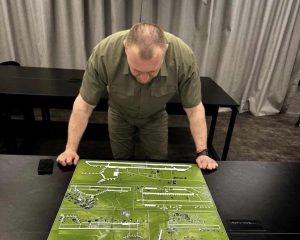
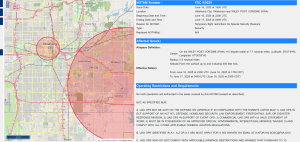
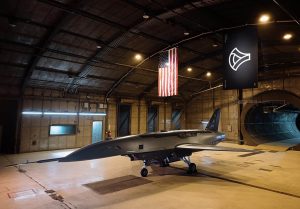


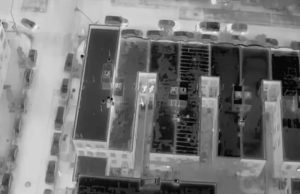


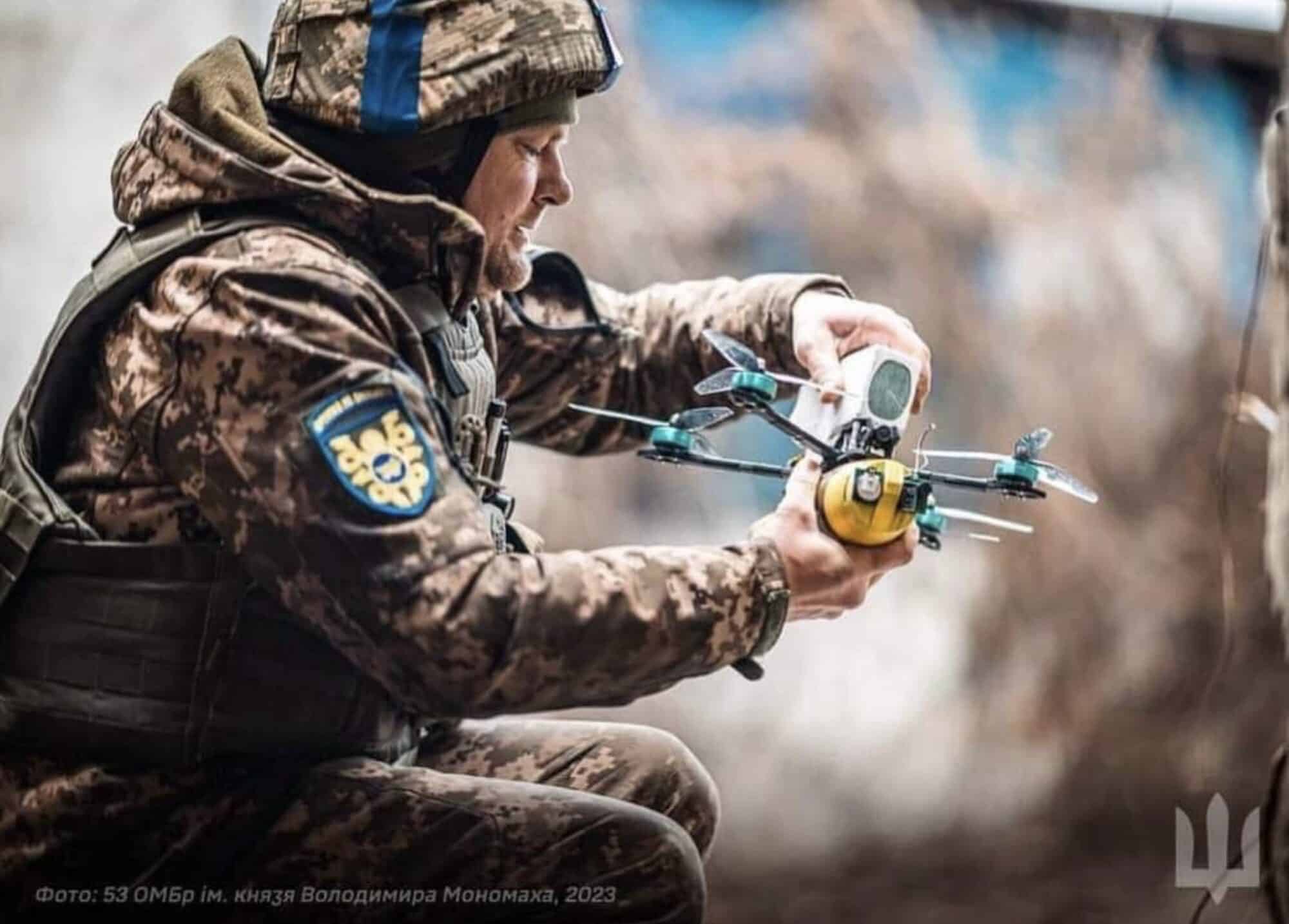
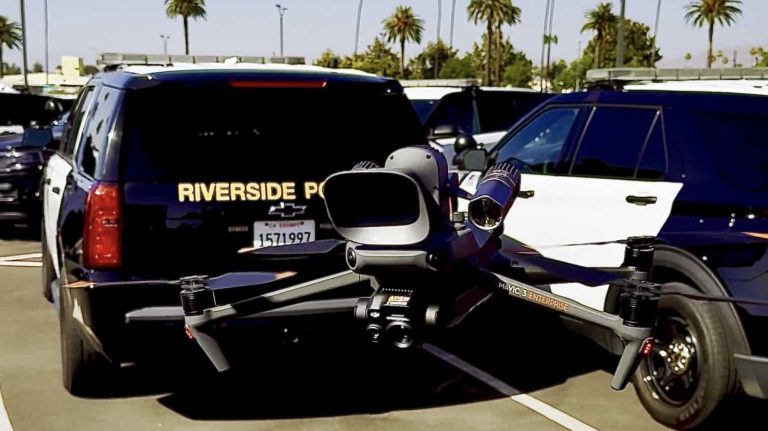
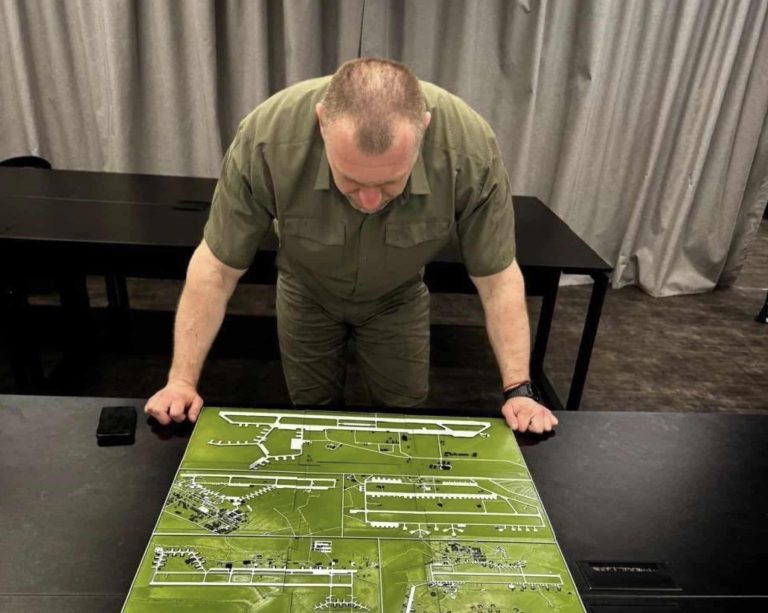
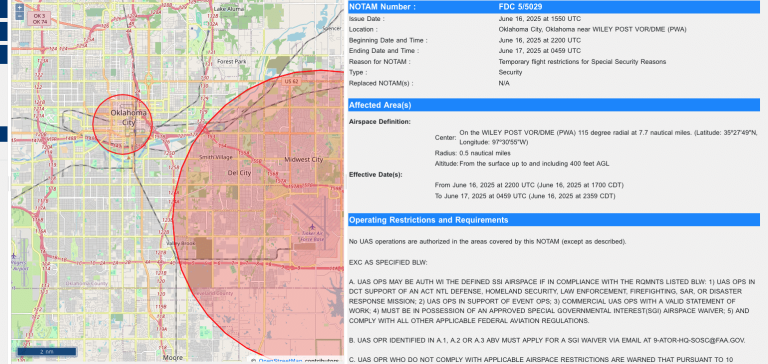

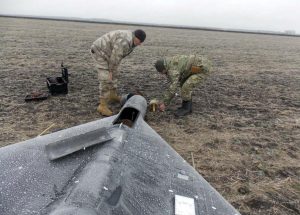
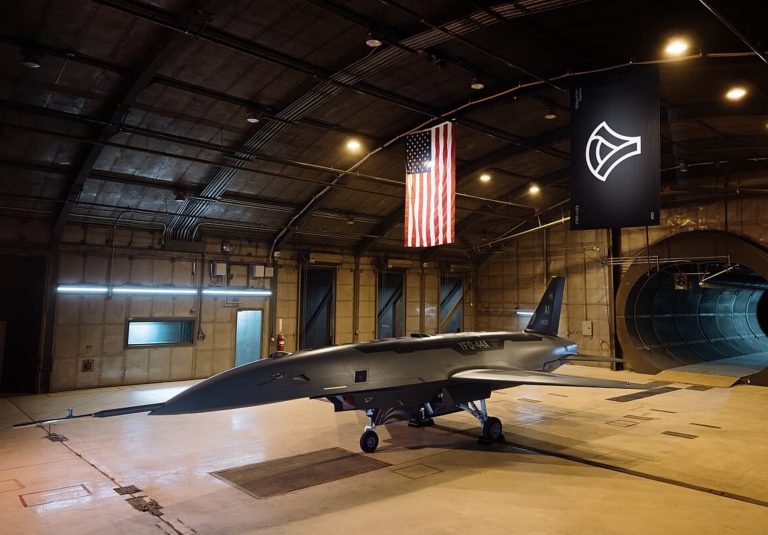

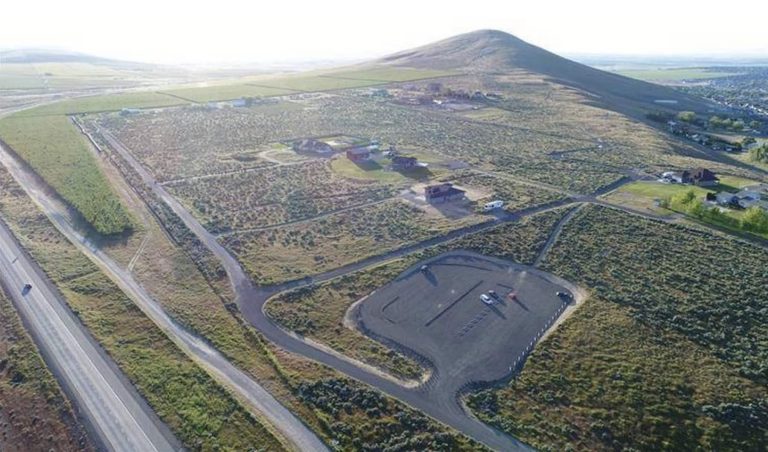
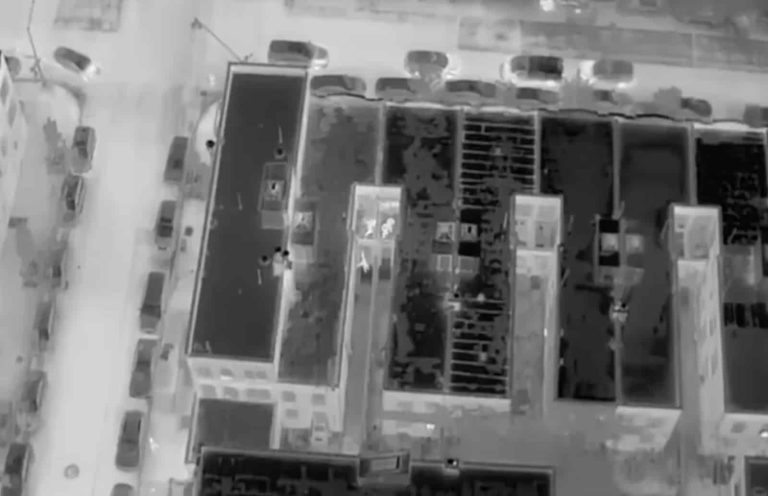

+ There are no comments
Add yours